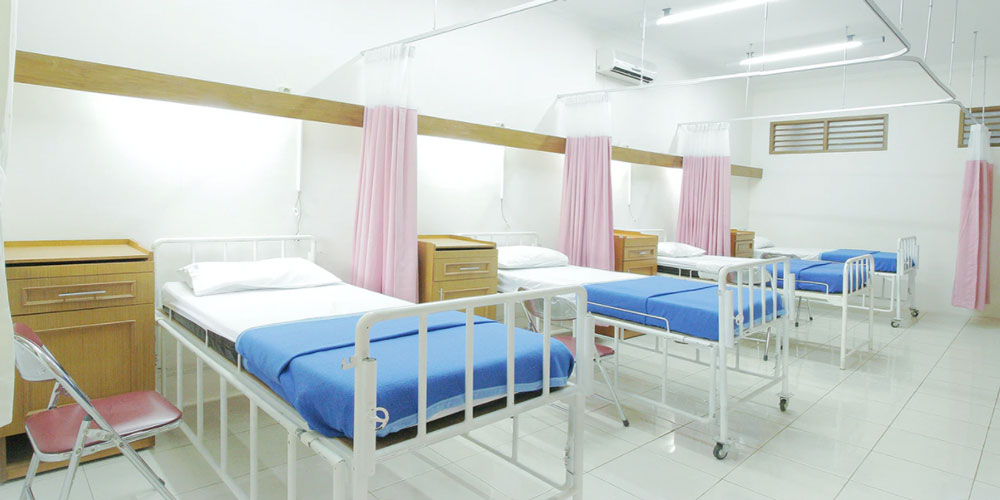
When activists call for more government, remind them of Eleanor Slater.
Here’s an important detail from a recent budget analysis by the Rhode Island Public Expenditures Council (RIPEC), as summarized by WPRI’s Eli Sherman:
In a breakdown of the hospital’s financial picture, RIPEC estimated McKee is seeking to spend $143.7 million in state and federal revenue next fiscal year on the state-run medical and psychiatric facility, comprising Zambarano in Burrillville and three more units in Cranston.
With about 188 patients currently living at the hospital, the per patient cost would total $764,362 per year – an eye-popping figure considering House Fiscal Office staff pegged the number at about $557,000 per year during the 2019-20 fiscal year. That’s a roughly 37% increase in per patient cost over four years.
For comparison, RIPEC cited a 2020 report done by the consulting group Alverez & Marsal that estimated the average cost of nursing home care is about $125,000 per year – about six times less than what the state is spending on Eleanor Slater patients.
This result is emblematic of government systems. Public records show Eleanor Slater has gotten control of its six-figure laundry workers, but that issue was always low-hanging fruit for those investigating the system’s poor management. In fiscal year 2021, the state Department of Behavioral Healthcare, Developmental Disabilities & Hospitals (BHDDH) paid 187 employees more than $100,000 in regular and overtime pay, most of them nurses.
Sixteen employees took home over $200,000, with Eleanor Slater Hospital’s chief medical officer, Brian Daly, topping the list with $366,702. The highest-paid nurse was Portia Richardson, with $230,905— a quarter million dollars!
Making matters worse, these eye-popping payrolls aren’t to blame on individuals; they’re built into the system. When I investigated nursing salaries a decade ago, it came to light that one big problem is the payment structure in the union contract. A supervising nurse covering for another on a different floor could be credited multiple times for each hour of overtime worked. The only universe in which that arrangement is fair for the taxpayer is one in which patients are being put at extreme risk because nurses are being asked to do something that isn’t humanly possible.
The systemic corruption goes deeper, however. Eleanor Slater’s troubles have been amplified in recent years as the federal government has withheld aid because too high a percentage of patients are hospitalized for psychiatric reasons.
Following state government for some years makes it easy to imagine how this sort of thing happens. The regulations that the state imposes on private organizations mean those who absolutely need care can only look to the government because non-government organizations can’t make the numbers work. At the same time, federal programs create incentive for the state to pile the patients in, pushing the boundaries of the programs they’re tapping for funds.
Meanwhile, the super-strong labor unions take advantage of these pressures, combined with the lack of real accountability for systemic failure, to lock in unheard-of arrangements.
Something has to give. Either taxpayers have to shoulder the burden, worsening the condition at the heart of the problem, or patients begin falling through the cracks… or both.
These are the inevitable results of excessive use of government to control people’s interactions combined with reliance on government to provide services that others are thereby prevented from providing. We see it in RI because the state is small and progressive, but the chronic illness is worsening throughout our entire society.
Featured image by Adhy Savala on Unsplash.
